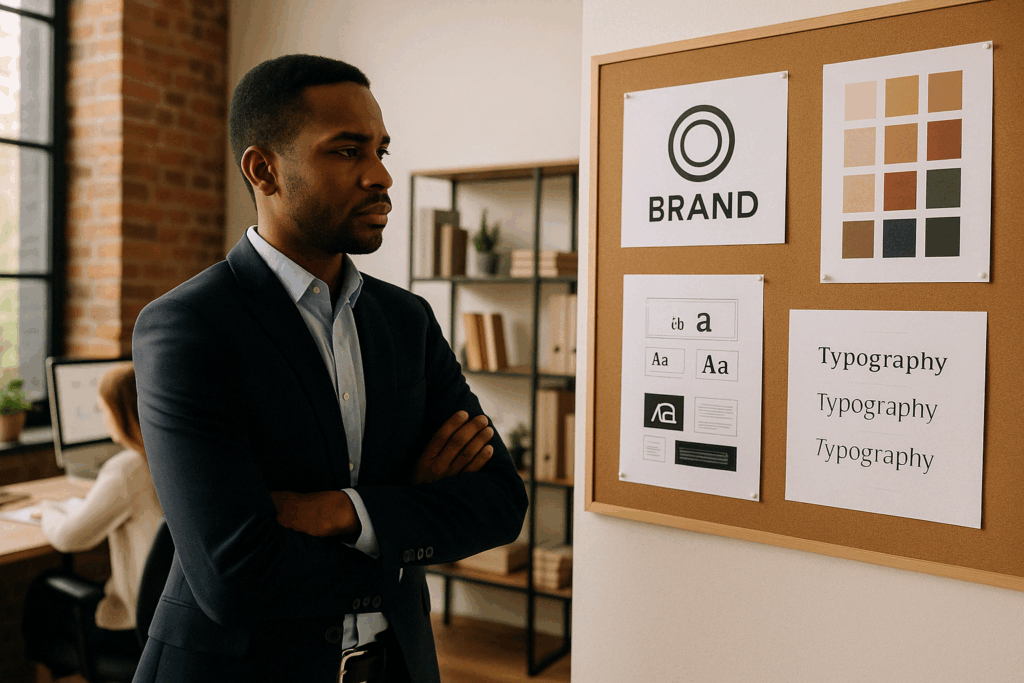
Let’s begin with a fundamental distinction.
A brand refresh is not a full rebrand. It doesn’t mean discarding your brand’s heritage. Rather, it’s about making thoughtful adjustments — visual, verbal, and cultural — that honor your brand’s core identity while aligning it with present realities and future ambitions.
Typically, this might involve refining your logo, updating your color palette or typography, and evolving your messaging. But let’s be clear:
A brand refresh is never just a cosmetic exercise.
As a branding professional, I’ve seen too many organizations focus solely on aesthetics, overlooking the deeper need for resonance — with their market, their customers, and their purpose. The brands that endure, whether in luxury, automotive, or technology, are those that evolve meaningfully, keeping the customer at the center of every decision but also, evolving with the concerns of our time.
So how can you tell when it’s time for a refresh?
- When your messaging no longer reflects your strategic direction
- When you’re expanding into new markets or addressing new audiences
- When your communication feels disconnected — and no longer elicits engagement or trust
- When you struggle to attract top talent who align with your values and ambitions
Often, the clearest signal is a subtle one: a sense that your voice is no longer being heard, Sales are decreasing. When that happens, the question is not only what has changed in your brand — but what has changed in your audience.
And here lies a deeper truth we must acknowledge:
A modern brand refresh requires coherence — across every layer of the organization.
Under the Human-to-Human (H2H) approach to branding, any refresh must be holistic. It is not merely about visual identity or messaging. It demands a realignment of internal culture and external image. As Philip Kotler and colleagues assert in H2H Marketing:
The internal identity and external image must be coherent.
Every expression of the brand — from leadership behaviors to customer interactions — must reflect its values and promises. A dissonance between what a brand claims and how it acts can erode trust faster than any outdated logo.
In a world reshaped by AI, shifting attention spans, and accelerated expectations, the classic “refresh every 7 to 10 years” rule no longer applies. Today, relevance is dynamic. And authenticity is non-negotiable.
So the true question is not whether your visual identity needs an update.
It’s whether your brand — as a whole — still feels credible, aligned, and alive to those you serve.
If not, it may be time to initiate a refresh — one that’s not only seen, but felt.

